Perri Cutten: A Timeless Legacy in Fashion
Remembering Perri Cutten: A trailblazing Australian fashion designer whose timeless elegance and...
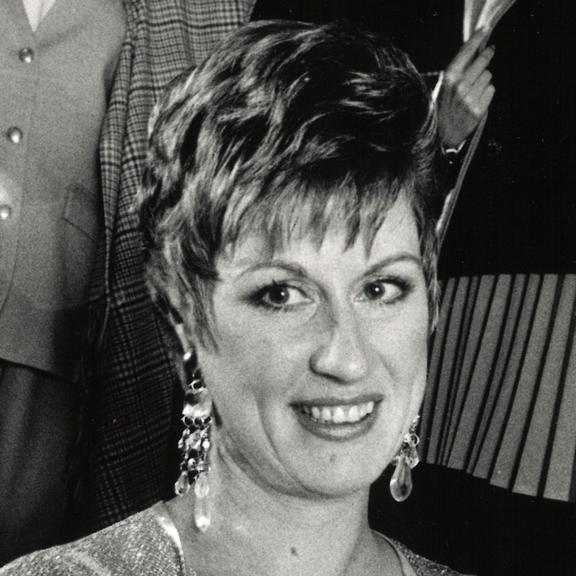
 Search...
Search...
From silent horror films to family comedies, masks are used in film and television to create characters that the average person couldn't dream of in their wildest imaginations. Further, costumes, disguises and even puppets allow an actor to fully immerse themselves into a role, creating an unbelievable experience for viewers. While many of these names may feel unknown, these are the men behind the masks of the characters people know, love and fear.
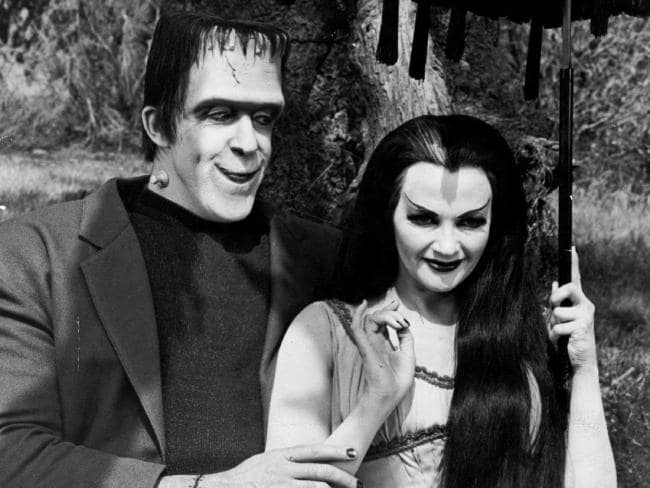
Born in 1926, Frederick Hubbard Gwynne had unbridled creativity in his blood. The World War Two submarine chaser radioman joined the Brattle Repertory Theatre Company after graduating from Harvard in 1951. He was working as a copywriter when he scored his first role on Broadway in Mrs. McThing. Gwynne made his cinematic debut in the Oscar-nominated On The Waterfront (1954), but was typecast after his performance as Herman Munster in The Munsters (1964).
The goofy and lighthearted parody of Frankenstein's Monster was a difficult role to fill, with 40-50 pounds of padding, four-inch asphalt-spreader boots and intense makeup, including a full face of bright purple paint because it captured light the best on the black-and-white film, but he loved the character all the same. After his performance as Herman Munster, he continued to perform in many productions on stage and screen - notably as Big Daddy Pollitt in the Broadway revival of Cat on a Hot Tin Roof (1974), Jud Crandall in Pet Sematary (1989) and as Judge Chamberlain Haller in his last film role in My Cousin Vinny (1992). Throughout his career, he was also a mildly successful singer, painter, illustrator and writer of children's books. Fred Gwynne passed away at age 66 in 1993.
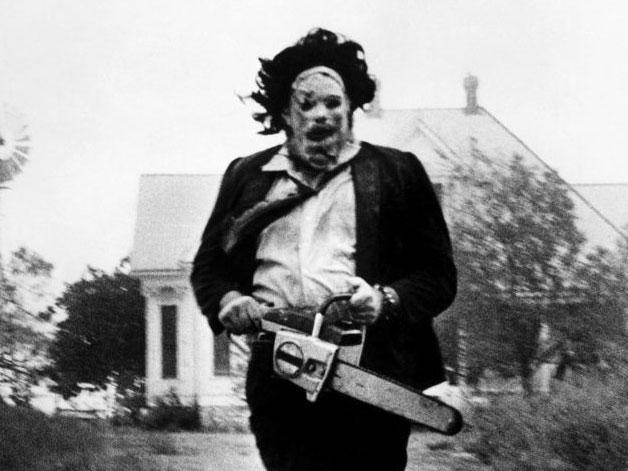
The Icelandic-American behind one of the most iconic villains in horror had a career one may not expect of someone who played such a terrifying role to great success. Gunnar Hansen moved to the US at just five years old, where he lived in Maine, then Texas. Fresh out of high school, playing college football and working as a computer operator, the young man heard through the grapevine that The Texas Chain Saw Massacre (1974) was being filmed in his hometown of Austin and decided to audition. Hansen got the part of the main antagonist, Leatherface, in the film that would go on to gain a reputation as one of the best and most influential horror films of all time - credited as one of the pioneers of the slasher genre. After this great success, Hansen tried acting once more in The Demon Lover (1977), but decided to pursue a career in writing instead of acting thereafter - rejecting a role in the cult classic The Hills Have Eyes (1977).
Spending the rest of his career writing and editing, he wrote for many magazines and books, including his own non-fiction travel memoir Islands at the Edge of Time, A Journey to America's Barrier Islands (1993). He eventually made a return to acting in 1988, appearing in over 20 films, reprising his role as Leatherface for a few. Hansen passed away at his home in 2015, at the age of 68.

The "gentle dreamer" behind many of the puppets and animation loved by so many generations considered his personality so close to that of the self-assured Kermit that he could hardly be considered as "behind the mask". The genius behind Sesame Street, The Muppets, The Dark Crystal (1982) and Labyrinth (1986) revolutionised television for both children and adults, creating characters that continue to live in the hearts of audiences to this day.
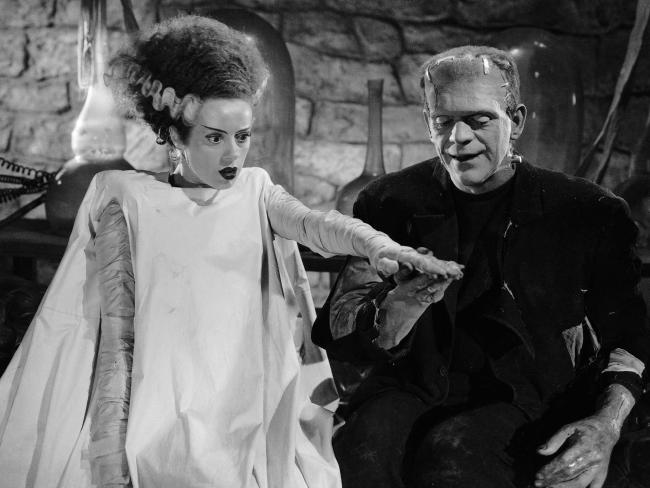
William Henry Pratt, stage name Boris Karloff, became an early icon in the horror genre for his multiple portrayals of Frankenstein's monster. Born in 1887, Karloff came from an interesting background, with his Anglo-Indian heritage, bow-legs, lisp and stutter setting him apart from a young age. However, Karloff had a distant connection to fame in his blood, being the great-nephew on his mother's side to Anna Leonowens - the woman whose life in the Royal court of Siam inspired the book Anna and the King of Siam (1944) and it's many musical and film adaptations.
After leaving England for Canada in 1909, he performed in many stage productions before eventually moving to Hollywood to pursue silent film roles. He acted in over 80 films, including Scarface (1983), before starring in the physically demanding role of Frankenstein's monster in Frankenstein (1931) that would catapult him to worldwide fame. After performing in The Old Dark House and as Imhotep in The Mummy in 1932, Karloff officially became the King of Horror. Karloff continued to star in some of the most successful films of his era before passing away in 1969 at the age of 81. For his performances as some of the greatest horror movie monsters of all time, Karloff was awarded two stars on the Hollywood Walk of Fame, as well as a Grammy Award for lending his voice to The Grinch in the 1966 animated special Dr. Seuss' How the Grinch Stole Christmas!
While Friday the 13th Part 2 (1981) is the second film in it's franchise, it remains a cult favourite due to the introduction of the masked slasher, Jason Voorhees. The man behind the hockey mask, Steve Daskewisz (Dash), had an interesting career prior to his starring role. Dash was a police officer in New York City before beginning work as an actor and stuntman. He had small roles as police officers in a few films before scoring a small part in Sylvester Stallone's Nighthawks (1981). Upon meeting on set of Nighthawks, fellow stuntman Cliff Cudney hired Dash to play the biggest role of his career in Friday the 13th Part 2. He went on to perform in a number of minor roles, but it was this role that defined his career. Dash passed away at age 74 in 2018.

Robin Williams continues to be adored and admired by audiences all over the world. His incredible comedic, improvisational and stand-up skills led to him being the man behind many of the characters that defined generations. Williams began his career in the San Francisco stand-up scene, rising rapidly to the top after scoring his first starring role in an episode of Happy Days in 1978, a performance that would lead into the famous spinoff, Mork & Mindy (1978). His first starring film role in 1980, Popeye, was the beginning of a legacy of successful films, including Good Morning, Vietnam (1987), Dead Poets Society (1989), Hook (1991), Aladdin (1992), Jumanji (1995), Good Will Hunting (1997) and the Night At The Museum films (2006-2014).
One of his most beloved and memorable performances is that of the titular role of Mrs. Doubtfire in 1993. The film follows Williams as an out-of-work actor going through a divorce, who dresses up as an elderly female maid in order to continue to see his kids after the separation. The film is often regarded as one of the best comedies of all time, taking home an Academy Award for Best Makeup and two Golden Globes - one for Best Motion Picture - Musical or Comedy and one for Williams for Best Actor in a Motion Picture - Musical or Comedy. As demonstrated in his hilarious portrayal of Mrs. Doubtfire, his incredible ability to use voices and facial expressions to draw a laugh from a crowd saw him achieve many other accolades - two Primetime Emmy Awards, six Golden Globes, two Screen Actors Guild Awards, five Grammy Awards and an Oscar for his performance in Good Will Hunting. After his passing in 2014 at the age of 63, there was an outpouring of mourning from all over the world, as the world remembered a man who had allowed them to smile, laugh and love for so many years.
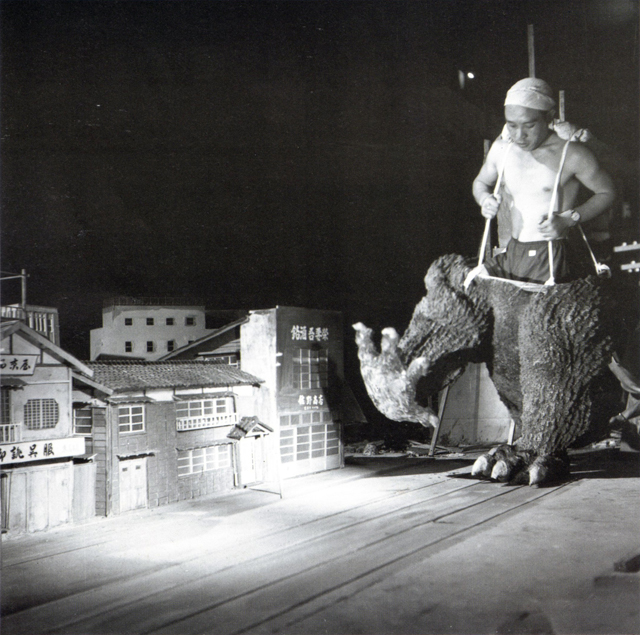
For his many performances as the terrifying Godzilla, amongst other giant monsters, Haruo Nakajima is considered to be one of the best suit actors of all time. Throughout his career, starting with the original Godzilla in 1954, he donned the giant lizard suit in twelve consecutive Godzilla films. Born in Japan in 1929, Nakajima's first credited role was in 1952's Sword for Hire as a stuntman. He acted in many small roles in samurai films until his big break in Godzilla. Due to his incredible success as Godzilla, he also went on to portray many giant beasts for films in the kaiju genre. After his last stint as Godzilla in Godzilla vs. Gigan in 1972, he continued under the employ of the Toho film company in a job in their bowling alley. He made several appearances at fan conventions throughout his retirement from the role, before his passing at the age of 88 in 2017.

Father and Son, Leonidas Frank "Lon" Chaney and Creighton Tull Chaney both saw immense success as men behind masks during their respective illustrious acting careers.
The senior Lon Chaney was regarded as The Man of a Thousand Faces - one of the most versatile actors of all time. His incredible ability to transform himself with expert acting and makeup artistry earned him many starring roles in big silent horror films. Born in 1883 to deaf parents, Chaney's upbringing fostered his incredible skill in pantomime. He began his acting career with popular Vaudeville acts and was a prominent actor in his studio by 1917, but it wasn't until his performance in Riddle Gawne in 1918 that his talent was fully recognised. His performance as The Frog in 1919's The Miracle Man truly put his skills as an actor and cinematic makeup artistry, a skill that was widely non-existent until his use of it, on the map as America's predominant character actor. These skills lead to his performances in many films as disguised or mutated characters, including his role alongside Joan Crawford in The Unknown (1927). The most recognisable and grotesque characters he ever portrayed were Quasimodo in The Hunchback of Notre Dame (1923) and as the phantom in Phantom of the Opera (1925). In one of his final films, Tell It to the Marines (1926), his performance was so admired that the US Marine Corps made him their first honorary member from his industry. Chaney passed away in 1930 at the age of 47.
After his father's death, Creighton Chaney began an acting career of his own. He began his career under his own name, but in 1942, at the insistence of Universal Studios, he began to be billed as his iconic father's name, with "Jr." often used to distinguish the pair. Though he performed in a number of films throughout his early career, it wasn't until he was given the hairy title role in The Wolf Man (1942) that he became typecast as a horror film actor. He was the only actor to play all four of classic Hollywood's major horror characters, from The Wolf Man, to replacing Boris Karloff as Frankenstein's monster in The Ghost of Frankenstein (1942), to his role as Kharis the Mummy in The Mummy's Tomb (1942), to his role as Dracula in Son of Dracula (1943). Chaney Jr's long and incredible career continued into the 1970s, with his final role as Groton in Dracula vs. Frankenstein (1971). Chaney Jr. passed away in 1973, aged 67.
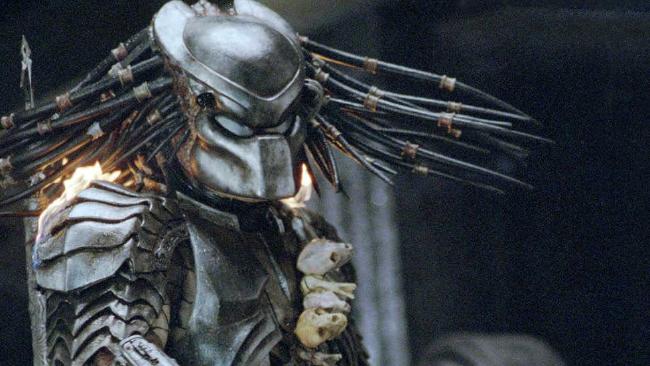
Standing at over seven feet tall (220cm), Hall famously played monsters throughout his short career. Born in 1955 in Pennsylvania, Hall was the tallest of seven brothers who all towered over six feet and fives inches. He was a star basketball player in both high school and university, where he majored in theatrical arts. Hall made his acting debut in the sci-fi horror, Prophecy (1979). After Prophecy, he performed in a range of other horror films and television shows as aliens and monsters alongside big names such as Tom Hanks in Mazes and Monsters (1982) and as Bigfoot in Harry and the Hendersons (1987) alongside John Lithgow.
It was in 1986 that Hall would score his biggest role yet - the role of the title character in Predator, alongside Arnold Schwarzenegger. Jean-Claude Van Damme was originally billed to play the extraterrestrial killer, performing in a few scenes at the beginning, but it was decided that a larger actor was needed to make the character more convincingly powerful compared to the humans he fought. After his stint as the Predator, he went on to appear in the film Big Top Pee-wee (1988) and in a cameo in Star Trek: The Next Generation. He was reprising his role as the Bigfoot in the TV series revival of Harry and the Hendersons when he passed away in 1991 at the age of 35.
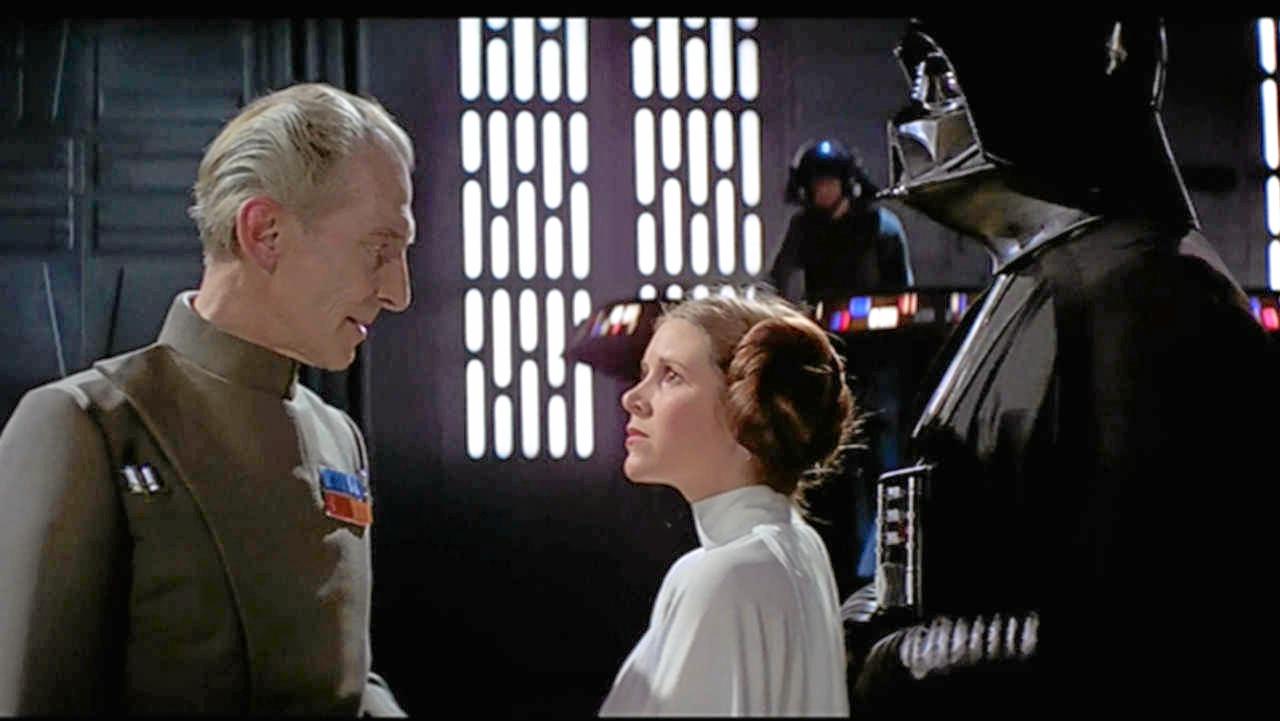
While Jame Earl Jones provided the deep tones behind the voice of Darth Vader, David Charles Prowse was the man behind the mask. The bodybuilder, weightlifter and character actor gave a physicality to the character that made him the imposing, intense villain that audiences were drawn to on the big screen. Throughout his film career, he also had small roles as a manservant in A Clockwork Orange (1971) and as a minotaur in an episode of Doctor Who (1972) among other performances. Prowse passed away in 2020 at the age of 85.
By Claudia Slack
Sources: